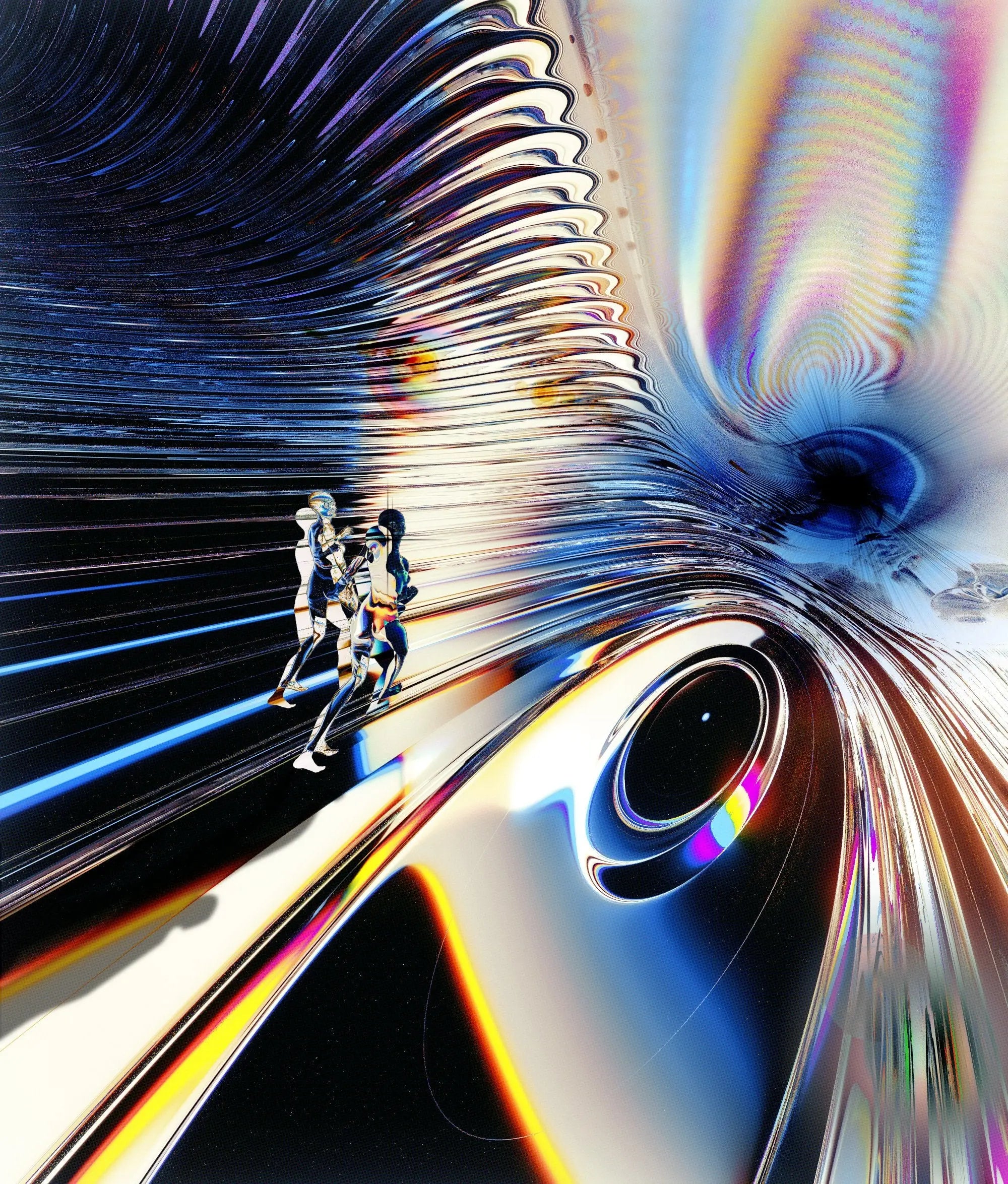We, the Earthlings, on our little blue planet, have not all or almost all of us already asked ourselves this famous question about the universe: the question to which even the best telescopes have no answer and which has enough to make you dizzy. Is the universe infinite or does it stop somewhere, which would imply that there is something behind it? It's crazy.
In theory, everything suggests that there are countless other universes behind ours, an infinity of universes. And if that doesn't seem crazy enough yet, other questions arise. Can the parallel worlds in which our doubles live still speak of science?
The multiverse, parallel worlds, alternative timelines are recurring themes in pop culture. The Oscar-winning film “Doctor Strange” illustrates a superhero torn between several universes. The “Spider-Man: Across the Spider-Verse” saga shows Spider-Man meeting many other Spider-heroes. There's even a map of the DC Comics superhero multiverse. The multiverse seems to have been designed to fuel our imagination, but what really is this theory?
Science has seriously considered the possibility of a multiverse. Observations of the universe, experiments, data... everything leads to the question: is the multiverse a reality?
Exploring our universe beyond its observable limits is detective work. Clue number 1 is that the horizon has no visible limit. Space telescopes distinguish at least 10,000 galaxies in a tiny patch of sky, regardless of its orientation. In total, this gives at least 200 billion galaxies, each composed of as many stars. Between these incredibly numerous galaxies, there is an unimaginable amount of void.
Even the biggest universe must come to an end, right? But what could this ending look like? From Earth, we cannot see the whole universe, only part of it.
If what we see is only a small part of reality, how big is the universe really? The idea of an infinite universe is difficult for the human brain to grasp. However, if the universe is infinite, there might be places where everything is like here except for a few minor differences.
To understand better, let's take the example of a game of cards. Cards have a limited number of values and suits, such as the Queen of Hearts or the King of Spades. Normally, the quantity of cards is enough for each game to be different. But if you play infinitely, repetitive patterns are inevitable, because there are a limited number of combinations in the card game.
In the cosmic card game there are many more possibilities than in blackjack. We can estimate the number of combinations of matter and energy in the observable universe to be 10*10*122.
With so many possibilities, the likelihood that a copy of our planet has formed is perhaps even lower than that of a monkey writing Hamlet on a typewriter. But if infinity is at stake, it has to happen one day. If the universe is infinite, duplicates of ourselves must live somewhere.
Researchers are tracing a mechanism that could produce parallel universes. The theory of eternal inflation, presented by physicist Alan Guth in the 1980s, offers the best explanation to date for the beginnings of the evolution of our universe. The expansion knows no end. Cosmic inflation creates bubbles within which inflation stops, and each of these bubbles is a separate universe.
The multiverse would therefore be a sort of cosmic pastry shop where all recipes would be permitted. Each universe could have its own fundamental constants and rules. Nature relies on mass production. What works once is constantly renewed.
Will the concept of a single universe be the next to fall? Would the discovery of the multiverse have consequences as important as Galileo's discoveries during his time?
However, proving the existence of the multiverse is beyond the reach of our telescopes. Parallel universes may not have the same space-time and even less the same fundamental constants as us.
Is being interested in the multiverse when we have no proof scientific? We have long considered it the center of everything. The concept of a single universe could be the next to be called into question.
Article Inspired by the video produced on ARTE:



Share: